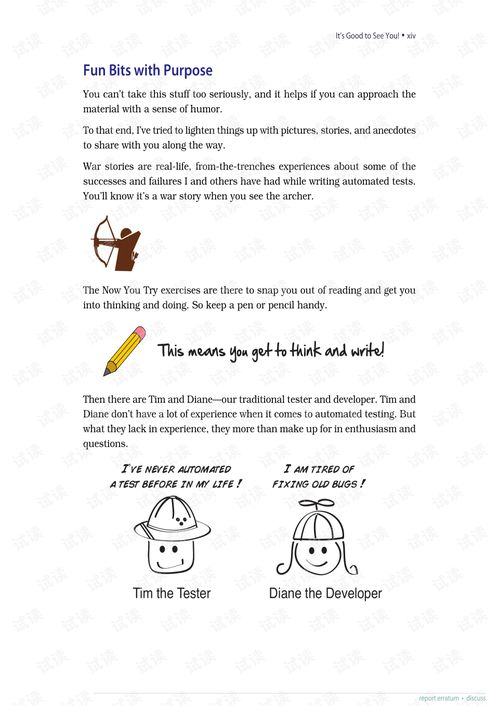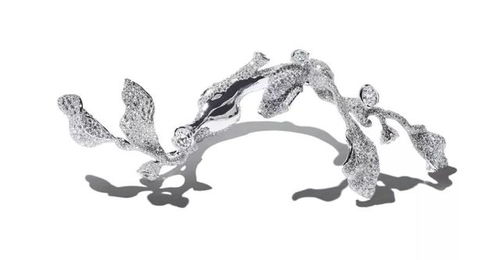Introduction:

Fishing, an ancient pastime that has stood the test of time, continues to captivate anglers of all ages and skill levels. Whether you're a seasoned fisherman or a beginner looking to cast your line into the unknown, mastering the art of fishing can be both rewarding and fulfilling. In this article, we'll delve into the essential techniques for fishing, complete with detailed visual guides to help you catch more fish with greater ease. So, let's dive in and explore how to fish like a pro!
Choosing the Right Equipment:
Before you can start fishing, you'll need the right gear. Here's a breakdown of the essential equipment you'll need:
1 Rod and Reel:
- Rod: Choose a rod that matches the type of fish you're targeting. Longer rods are great for casting, while shorter rods are better for close-range fishing.
- Reel: A spinning reel is ideal for beginners, as it's easy to use and provides smooth retrieves.
2 Line:
- Monofilament: The most common type of fishing line, offering a good balance of strength and flexibility.
- Braid: Stronger and more sensitive than monofilament, braid is perfect for catching larger fish.
3 Lures and Baits:
- Lures: Artificial baits that mimic the movement of real fish, attracting them to your line.
- Baits: Natural foods like worms, insects, or fish that you can use to attract fish.
Casting Techniques:
Casting is the process of throwing your line out into the water. Here are some essential casting techniques:
1 The Overhand Cast:
- Step 1: Hold the rod with a comfortable grip and position your feet shoulder-width apart.
- Step 2: Swing the rod back with your dominant hand, keeping the line tight.
- Step 3: Release the line at the point where the rod is parallel to the ground, using your wrist and arm to guide the line out.
2 The Sidearm Cast:
- Step 1: Hold the rod with your dominant hand and position your feet shoulder-width apart.
- Step 2: Swing the rod to the side, away from your body, and release the line as the rod comes forward.
Baiting Your Hook:
Once you've cast your line, it's time to bait your hook. Here's how to do it:
1 Using Live Bait:
- Step 1: Cut the bait into small pieces using a bait knife.
- Step 2: Thread the bait onto the hook, ensuring it's securely attached.
2 Using Artificial Lures:
- Step 1: Attach the lure to the hook as per the manufacturer's instructions.
- Step 2: Make sure the lure is properly positioned on the hook for optimal performance.
Setting the Hook:
When a fish bites, it's crucial to set the hook quickly to secure your catch. Here's how to do it:
1 With Live Bait:
- Step 1: Feel for a resistance on the line.
- Step 2: Jerk the rod sharply to set the hook, ensuring it's securely embedded in the fish's mouth.
2 With Artificial Lures:
- Step 1: Feel for a sudden pull on the line.
- Step 2: Reel in quickly and set the hook using the same technique as with live bait.
Landing the Fish:
Once you've set the hook, it's time to land your catch. Here's how to do it:
1 Keep the Fish Under Control:
- Step 1: Reel in the line slowly and steadily, keeping the fish under control.
- Step 2: Use a net to help guide the fish into the boat or onto the shore.
2 Handling the Fish:
- Step 1: Be gentle when handling the fish to avoid causing harm.
- Step 2: Use a wet rag to clean the fish's gills and eyes, if necessary.
Conclusion:
Fishing is an enjoyable and rewarding activity that requires patience, practice, and a bit of know-how. By following these step-by-step techniques and visual guides, you'll be well on your way to becoming a skilled angler. So, grab your gear, head to your favorite fishing spot, and start reeling in the big ones! Happy fishing!












